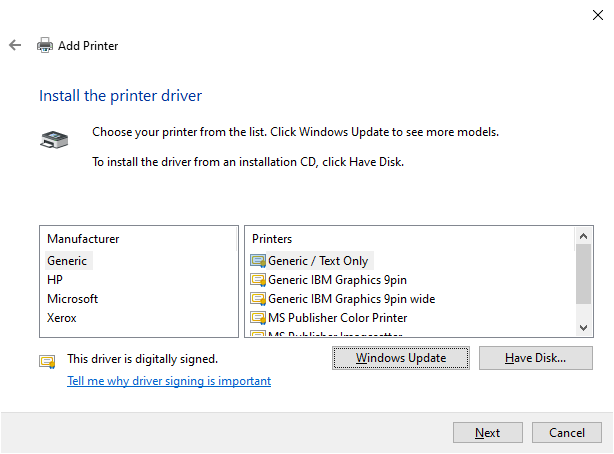1. Check if setup.exe has some install parameters by calling the setup.exe in a cmd and typing in the /? or /help. This will usually open a help/usage message box.
Setup.exe /? /help //cmd photo of msg box
2. Access the vendor’s application support page or forum. There, you may find what install parameters the application supports and it might also give you full silent install instructions. That is if the vendor decided to create a support page.
3. If none of the above methods work, you could open the setup.exe by double-clicking on it until you see the installation wizard. Usually, in the installation wizard, you can notice which tool/packaging program was used to package the installer. With this information, you can go to the official website of the tool and search for the default installation parameters.




















 sau fotografia de profil în dreapta jos ca să-ți accesezi profilul.
sau fotografia de profil în dreapta jos ca să-ți accesezi profilul. în dreapta sus, apoi atinge
în dreapta sus, apoi atinge  Setări.
Setări.